Description:
These posts are part of the artistic performance The Happening on Instagram.



These posts are part of the artistic performance The Happening on Instagram.
🐍✨️ Many people believe that the friendly nature of others, regardless of species, is an invitation to carelessness. However, a cautious approach is always appropriate. Just as you kneel before dogs rather than bend over in an intimidating manner, you give even the tamest snake a moment to assess the situation. The power of a good relationship lies in the calmness with each other. I personally don't like being rushed. If something is urgent, just tell me it is urgent and I will adjust my speed. If you tell me to hurry instead, I feel rushed, which can make me irritable.
Species in this post: Human Homo sapiens Corn snake Pantherophis guttatus🤗 For a more nuanced discussion, please feel free to use the comments section, private messages or the anonymous contact form on my website.
This post is part of the artistic performance The Happening on Instagram.
Further information about this art project Related post on InstagramCreator of this post is Frederic Hilpert
© File Usage Guidelines This post on megagroundsloth.de#cornsnake #kornnatter #korenslang #serpientedelmaiz #schlange #careful #becareful #respect #behavior #calmnessofmind #calmness #inderruheliegtdiekraft #slowissmoothsmoothisfast #reptilehandling #haustieremachenglücklich #handling

Oh no! 🔥✨️ A brand new water basin! Dakota looks super skeptical. How audacious was I in remodeling his home? My corn snake is so sweet, he could never become toxic. And I almost feel guilty about having removed the withered dragon tree that Dakota loved so much. But change is inevitable. Sometimes we have to let go of what we are used to in order to make room for improvement. So Dakota, get your swimming trunks out and have fun! 🩳🐍🫧
Species in this post: Corn snake Pantherophis guttatus🤗 For a more nuanced discussion, please feel free to use the comments section, private messages or the anonymous contact form on my website.
This post is part of the artistic performance The Happening on Instagram.
Further information about this art project Related post on InstagramCreator of this post is Frederic Hilpert
© File Usage Guidelines This post on megagroundsloth.de#reptilelover #cornsnake #exoticpets #snakeenthusiast #reptilekeeper #schlange #naturelover #petsofinstagram #animalkingdom #serpent #vidadeserpiente #mascotasexoticas #serpientes #fotografíadenaturaleza #amorporlosanimales #reinoanimal #belleza #naturalezapura #fuego #pantherophis #kornnatter #terrarium #woodsnake
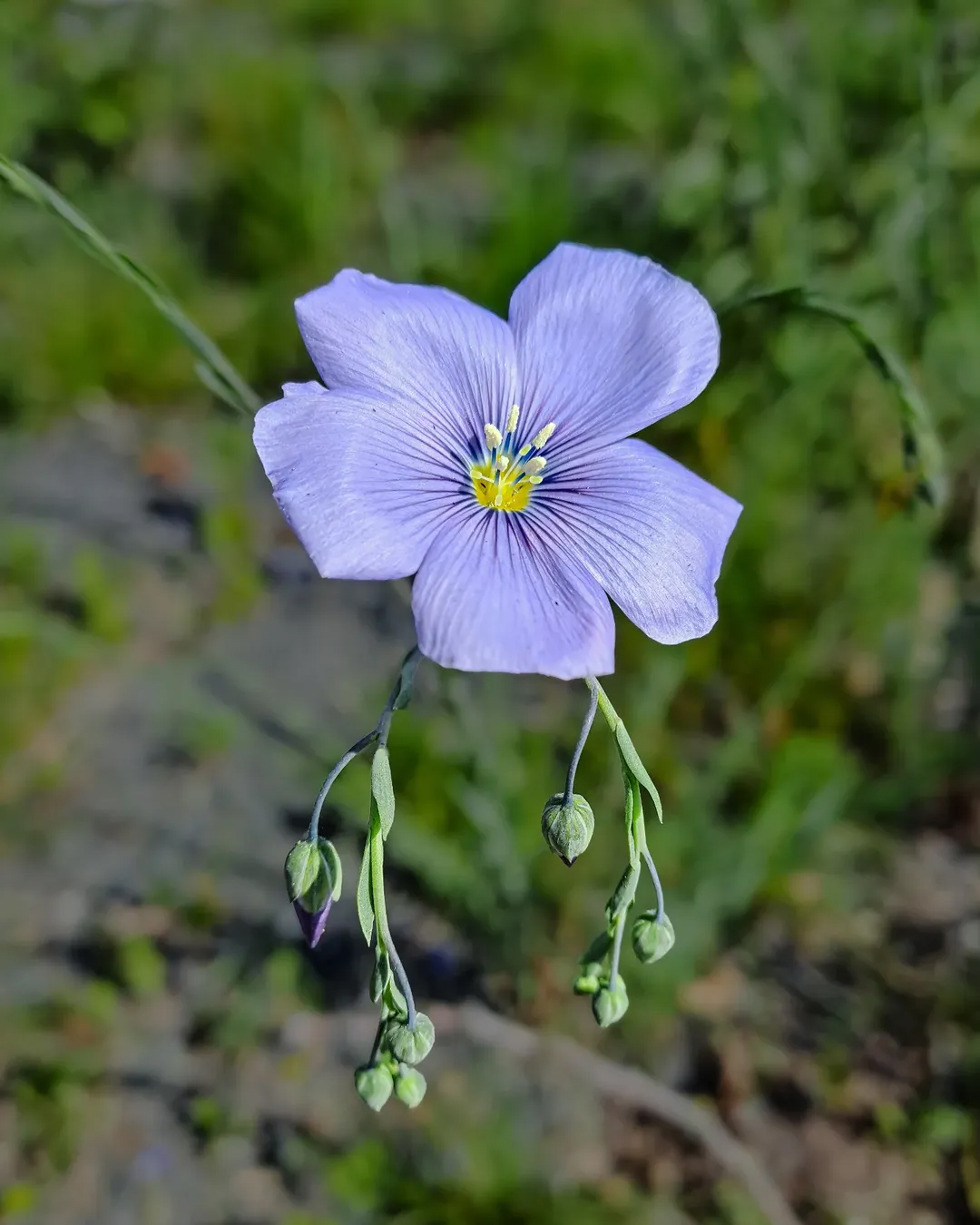
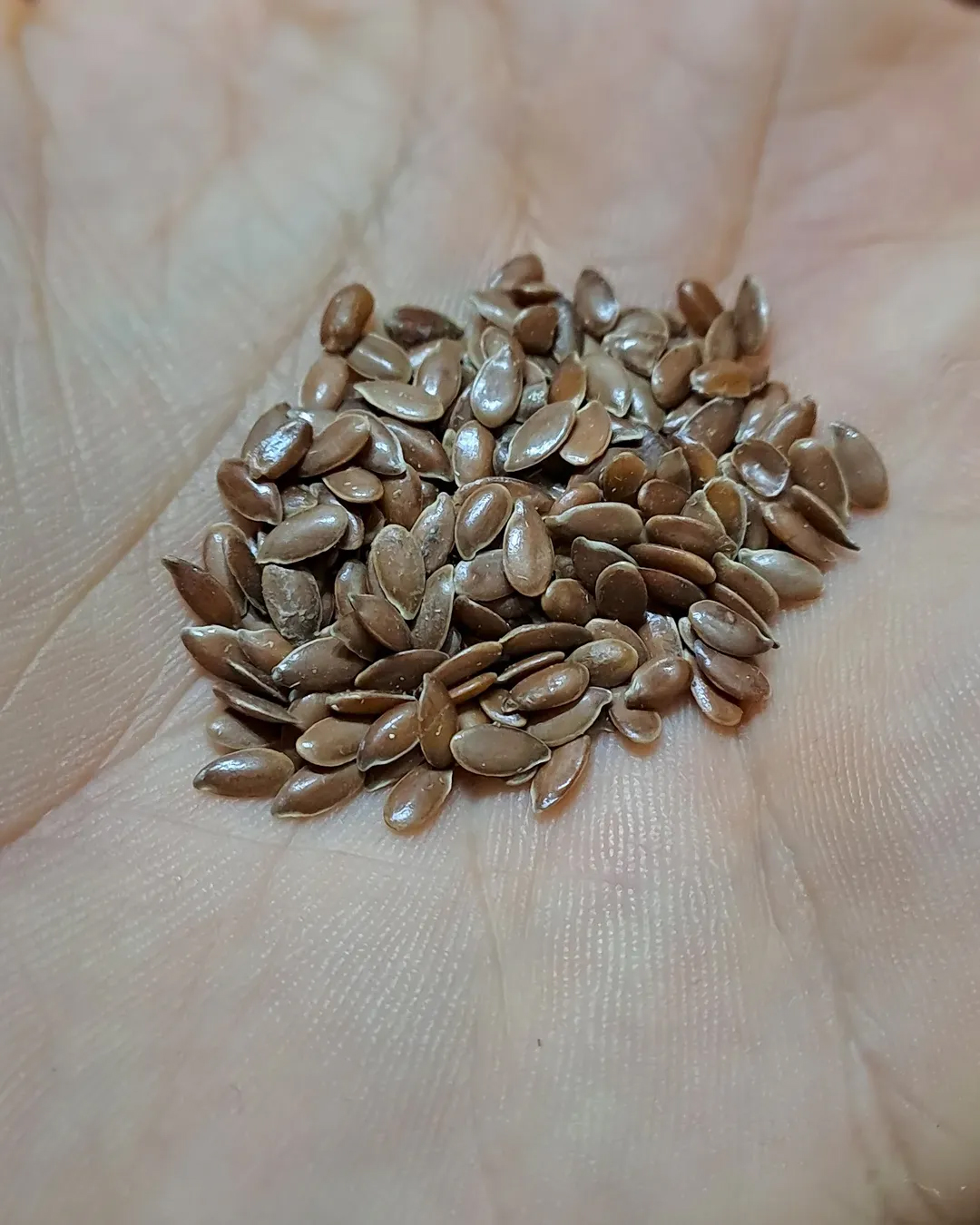
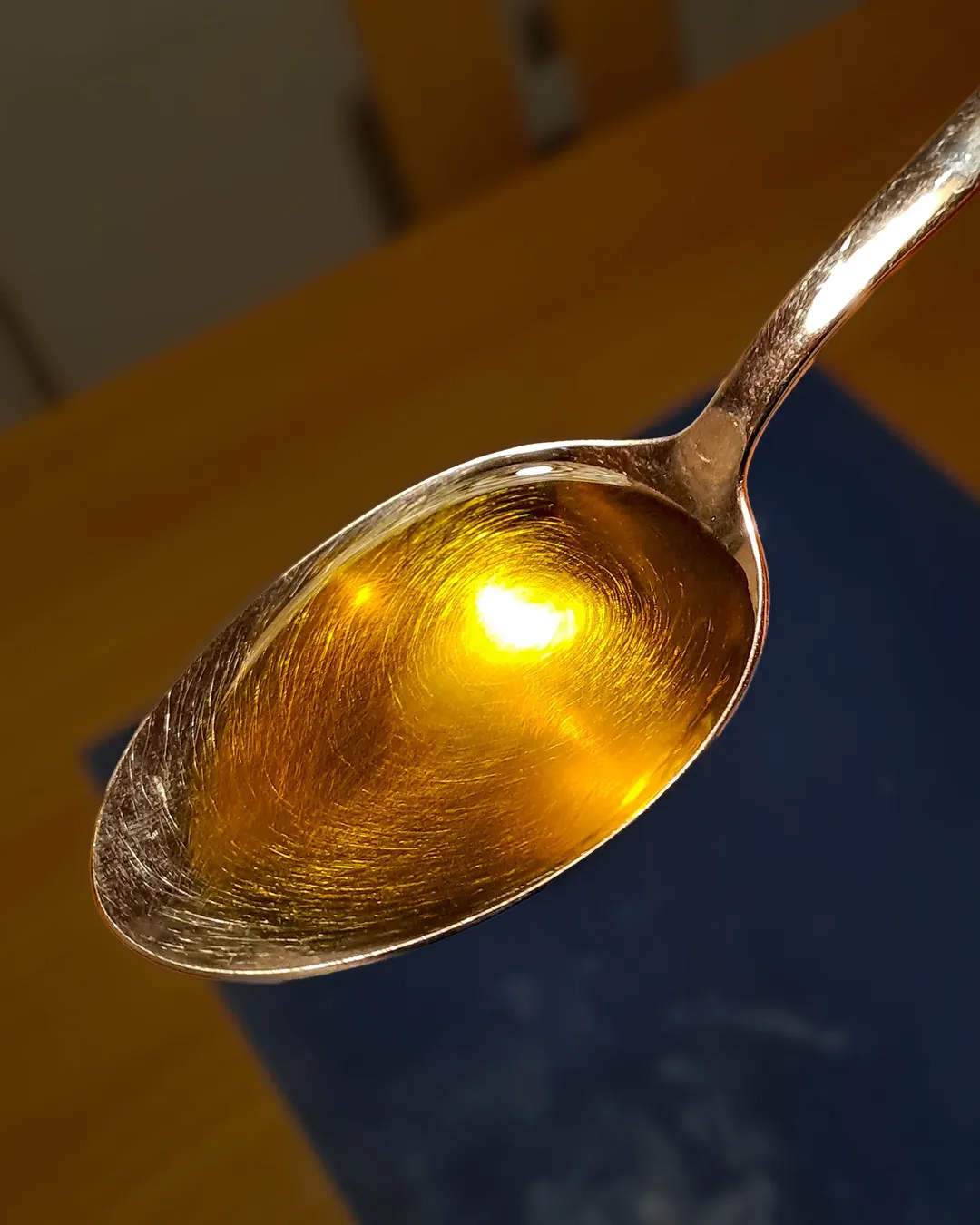
💝✨️ Love with Clarity and Balance – A Valentine’s Greeting with the Flax Flower (Linum usitatissimum)
Love is more than just a feeling – it is a harmony of emotion and reason. Just like the blooming flax flower is not only beautiful but also provides valuable Omega-3 fatty acids through its seeds, a mindful diet can support our emotional stability and cognitive abilities.
🧠🫀 Why Omega-3 for Mind and Heart?
🧮🧩 Enhanced Cognitive Function: Omega-3 fatty acids are essential for the cell membranes of our neurons. They improve neural communication and can strengthen memory, concentration, and logical thinking.
💔❤️🩹 Emotional Balance: Studies show that Omega-3 (especially EPA and DHA) can help reduce stress and anxiety. They contribute to calming impulsive reactions and improving emotional regulation.
🌈☀️ Reduced Susceptibility to Cognitive Biases: A well-nourished brain is better at recognizing and avoiding thinking errors like black-and-white thinking or the base rate fallacy.
👨❤️💋👨 Greater Resilience in Relationships: Those who are emotionally balanced can approach conflicts more calmly, resolve misunderstandings more effectively, and respond with greater reflection.
👨👩👦 Whether in relationships or daily life, the right balance between heart and mind helps us navigate highs and lows more consciously. A well-nourished brain is a clear-thinking brain.
With that in mind, I wish you a Valentine’s Day filled with love, clarity, and inner balance! 💙🌿
⚠️ Additional information:
🐟 Only about 5-10 percent of the alpha-linolenic acid in linseed oil is converted into EPA and DHA. Sea fish and algae offer better and more direct availability of these fatty acids.
‼️ Linseed contains hydrogen cyanide, which is why only about 15 grams of linseed per meal is recommended.
‼️ Particular caution is required for children and pregnant women - please inform yourself about possible dangers beforehand.
🤗 For a more nuanced discussion, please feel free to use the comments section, private messages or the anonymous contact form on my website.
This post is part of the artistic performance The Happening on Instagram.
Further information about this art project Related post on InstagramCreator of this post is Frederic Hilpert
© File Usage Guidelines This post on megagroundsloth.de#valentinstag #valentinesday #blumen #flowers #flora #nutrition #linseed #linseedoil #flax #flaxseed #flaxseeds #flaxflower #blue #blueflower #gezondheid #healthynutrition #omega3 #relationships #resilience
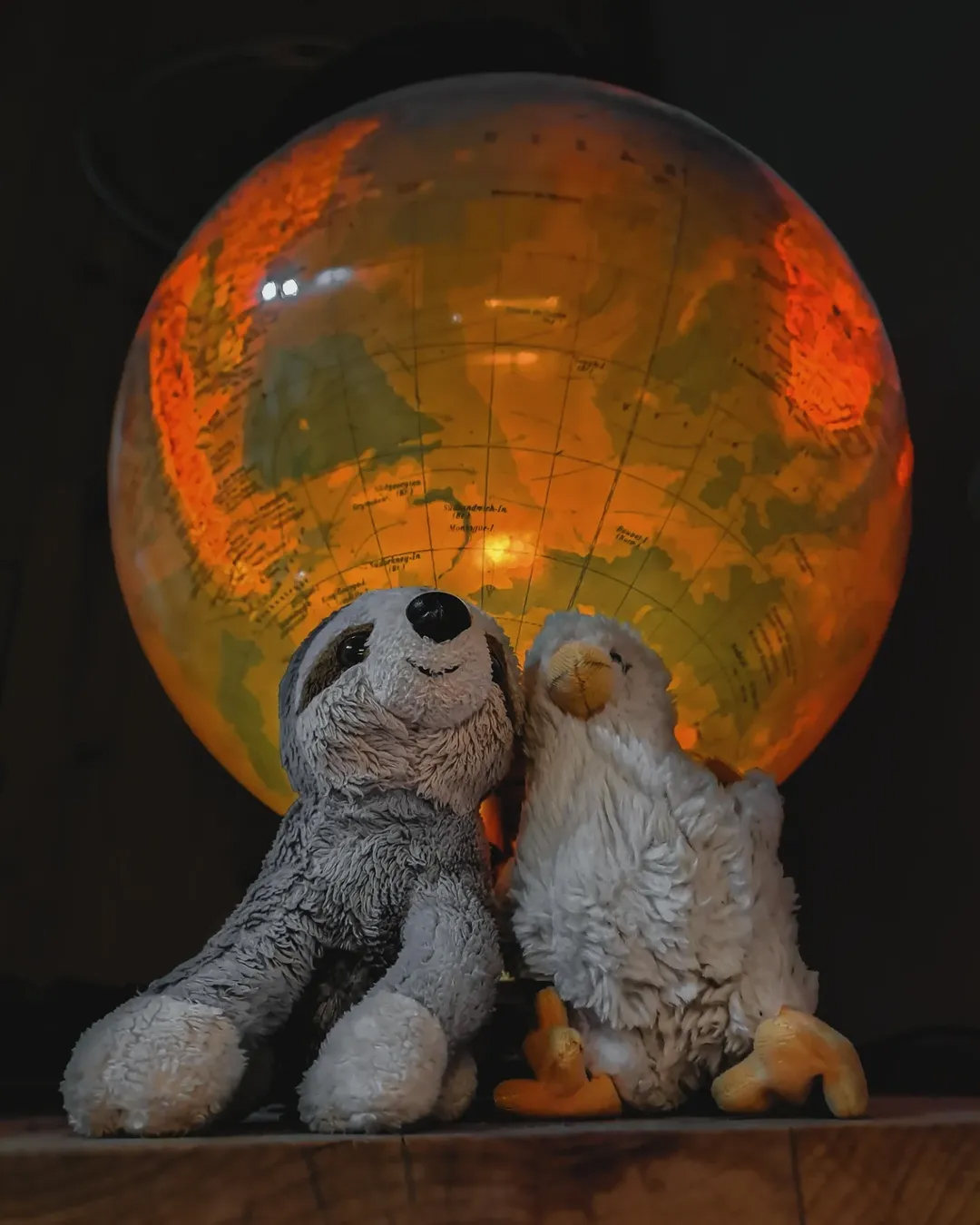
🌎 The Endless Blue 🌍
I sometimes feel like there’s something missing in my life that would give me a deeper sense of definition, but it’s not about not knowing who I am. I have a strong sense of my identity, my core values and beliefs, but there’s still a part of me that feels incomplete, like I haven’t fully figured out my place in the world. My confusion is more about my existence, my purpose, and how I fit into the bigger picture, not about who I am as a person.
When I express this, I want to feel understood. I want others to engage with my feelings without jumping to conclusions or offering unsolicited advice. It’s frustrating when people try to simplify my emotions or impose their own ideals on me, especially when I’m not seeking to be fixed but simply to be heard. I desire genuine connection where my feelings are respected, where someone is willing to sit with my uncertainty and explore it with me, rather than rushing to tell me how I should feel or what I should do.
I often feel like people tend to moralize feelings or offer solutions before truly understanding what’s going on. I don’t want my emotions to be dismissed or minimized. I just want someone to truly listen and try to understand me without trying to change how I feel.
In general, it feels like there’s a lack of true engagement with people’s emotions these days, and I wish I could find someone who is willing to connect on a deeper level, without simplifying or judging what I’m going through.
I recognize that the search for meaning and purpose is a process, one that is ongoing and perhaps even endless, and I am open to the uncertainties that come with it. I am someone who doesn’t shy away from life's bigger questions but is willing to sit with them, allowing for ambiguity and imperfection in the process.
I certainly won't settle for a substitution if I know exactly what I want, at least in this respect.
🤗 For a more nuanced discussion, please feel free to use the comments section, private messages or the anonymous contact form on my website.
This post is part of the artistic performance The Happening on Instagram.
Further information about this art project Related post on InstagramCreator of this post is Frederic Hilpert
© File Usage Guidelines This post on megagroundsloth.de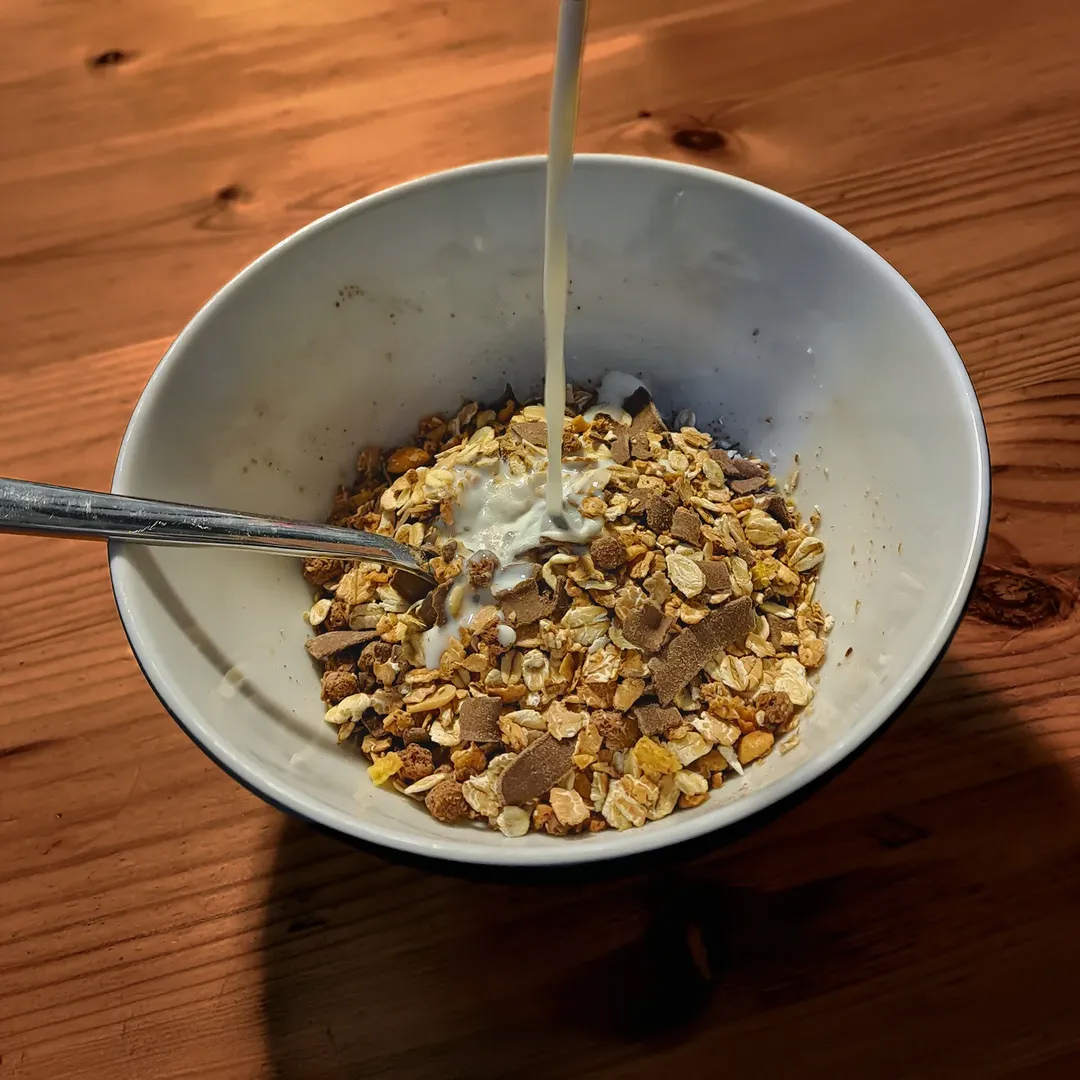
First the cereal, then the milk!☝️ I'm not just a cereal killer, I'm also a milk monster. That's why I know what I'm talking about. 🥣🥛🌾
😋 Let's ignore the fact that breakfast cereals are great at masking the desire for sweets. Now it's all about clearing up the misinformation!
🤓📊📈📚 It's often said that the question of what comes first is all about the crunchiness. In reality, however, the question then is why you add milk (or something similar) at all! If it was all about the crunchiness, it would make sense to put the milk in the bowl first and then the cereal, because this reduces the surface area in contact with the milk and the cereal floats on the milk, so to speak.
⭐️🚀 But in reality, it's a question of taste! Milk contains fat, which binds fat-soluble flavors and prolongs their release in the mouth. That's why it's important to add the cereal first and then the milk. This increases the milk contact surface, which leads to a better distribution of flavor and thus a greater enjoyment experience.
🌡🥛 It is also important that the milk (or alternative liquid) is not completely cold. To make the flavors more available, it is beneficial to let the milk warm up a little, for example by leaving it at room temperature for a while.
🌱✨️ In addition, soaking cereals in liquid activates the enzyme phytase, which breaks down phytic acid. Phytic acid can bind minerals such as iron, zinc, magnesium and calcium, thereby inhibiting their absorption in the intestine. Even though most people like their cereal crunchy, soaking it is associated with health benefits.
🤗 For a more nuanced discussion, please feel free to use the comments section, private messages or the anonymous contact form on my website.
This post is part of the artistic performance The Happening on Instagram.
Further information about this art project Related post on InstagramCreator of this post is Frederic Hilpert
© File Usage Guidelines This post on megagroundsloth.de#cereals #müsli #frühstück #breakfast #discussion #lifehacks #truth #philosophy #cornflakes #lebensweisheiten #wisdom #knowledge #howtoperfect #flavor #lifechanging #lifechoices #importantmatters #firstmeal #muesli #cerealkiller #milkmonster #🥣


Someday I will devour the entire universe 🌌🌀😋
Species in this post: Human Homo sapiens🤗 For a more nuanced discussion, please feel free to use the comments section, private messages or the anonymous contact form on my website.
This post is part of the artistic performance The Happening on Instagram.
Further information about this art project Related post on InstagramCreator of this post is Frederic Hilpert
© File Usage Guidelines This post on megagroundsloth.de#mega #giantsloth #megatherium #slothlife #luiaard #perezoso #🦥 #😋 #essen #devour #weightgainjourney #weight #pastafarian #noodles #spirelli #eating #foodporn #lovemyself #selfie #powerreserve #takecareofyourself #iamcoming #growth #wachstum #nudeln #pasta #goodfeeling #riesenfaultier #faultier
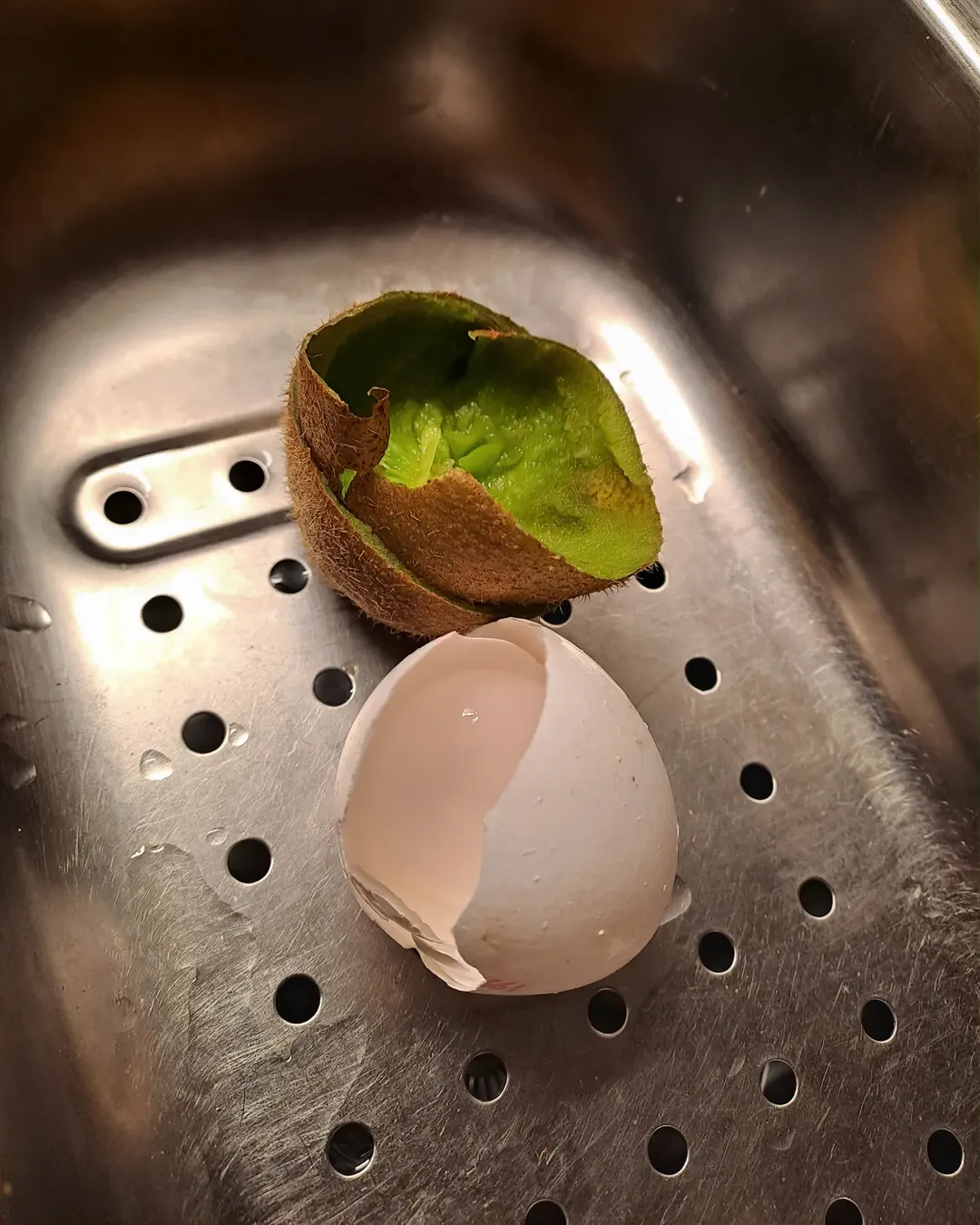
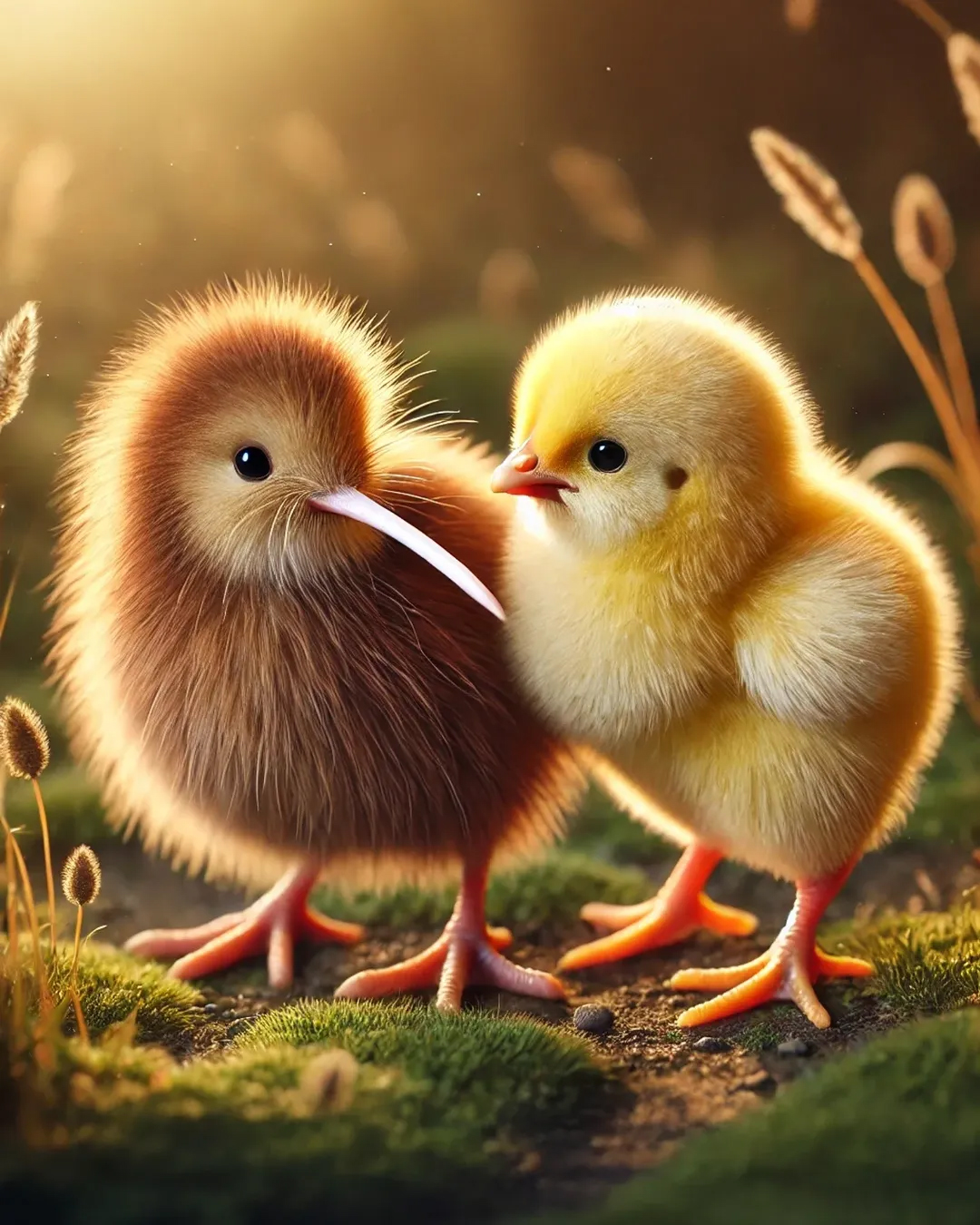
🥝🐣 Just let it happen...
Second image generated quite lazily with ChatGPT.
🤗 For a more nuanced discussion, please feel free to use the comments section, private messages or the anonymous contact form on my website.
This post is part of the artistic performance The Happening on Instagram.
Further information about this art project Related post on InstagramCreator of this post is Frederic Hilpert
© File Usage Guidelines This post on megagroundsloth.de#lazy #kiwipics #chick #friendship #love #buddies #birds #🥝 #🐣 #buddylove #cuteanimals #niedlich #lindo #moneria #küken #littlefriends #cutepictures #niedlichkeit #fantasy #🐥 #fantasia #imagination #comfortzone #qualitytime
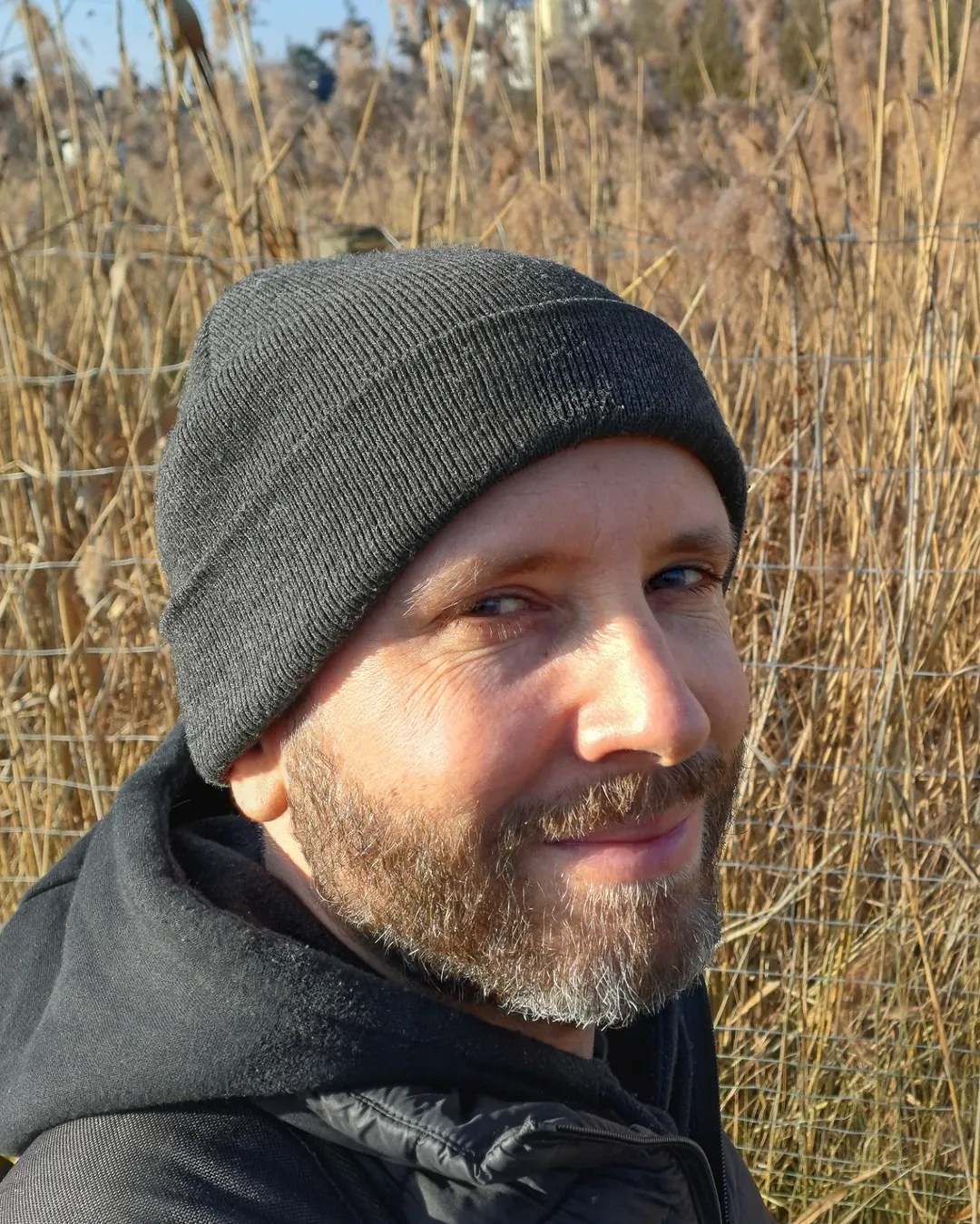
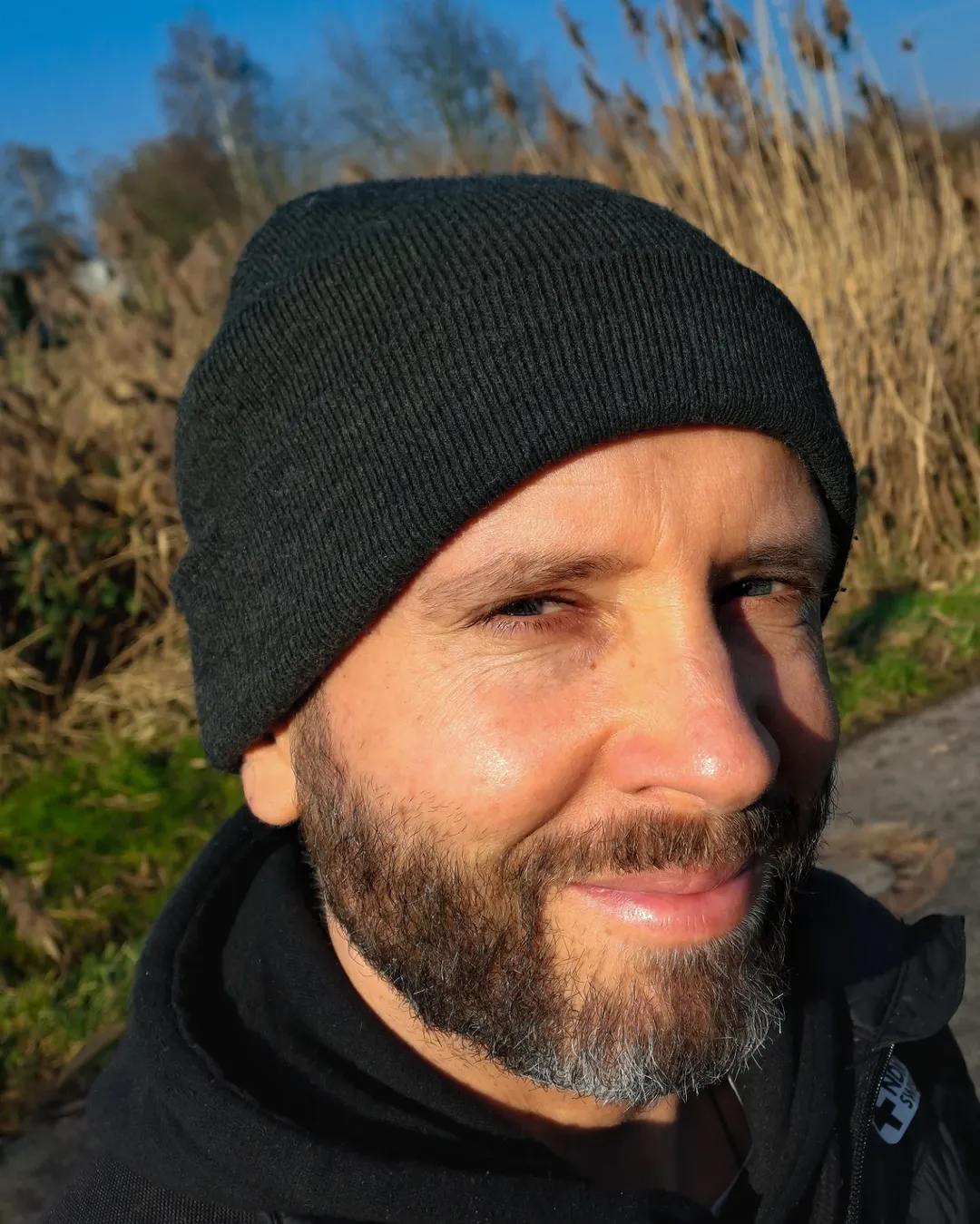
🐹🥕 I have changed my lifestyle since mid-December. I have almost completely given up sugar. This means that I haven’t had any cola, lemonade, or sweets for about eight weeks - except for two homemade cheesecakes and chocolate milk.
🚭🐛 Additionally, I quit smoking completely from one day to the next and made my diet more diverse. I follow a daily fitness program and have gained over 20 kg (44 lbs) in the last 7–8 weeks without putting on much fat. Everything feels firm and toned. Eight weeks ago, I was underweight at 64 kg (141 lbs), and now, at 85 kg (187 lbs), I’m back in my comfort zone.
🧠👨💻 The past year has taken a toll on my nerves, especially because I was working through trauma and grief while also dealing with unnecessary and unfair behavior in my personal life. I buried myself in work, ate too little, thought too much, and spent too little time outdoors.
🌈🌎 I also put a lot into this project over the past 6 years. After all, I invested not only several thousand euros but also countless hours of work into the megagroundsloth project. Then Instagram’s algorithms changed, and public sentiment shifted significantly against diversity topics. That frustrated me a lot.
🚫👎 When I brought up the subject of ADHD, a few people showed interest and I responded in detail. Strangely enough, it seems normal to then simply stop the conversation or complain because I didn't respond quickly enough - I didn't expect a thank you.
💔😳 When I announced a long break from Instagram at the end of December, only two people cared. That was really hurtful. How would you feel if you had been involved with people for years, and no one reacted when you said goodbye?
😵💫⁉️ When I expressed my frustration in my stories, intensified somewhat by quitting smoking, I quickly realized that this wasn’t the right way to handle it. I apologized right away.
🦥✨️ If you noticed: I drastically shortened my announced break. I’m back and mostly posting selfies. Yes, I’m here, and I’m claiming my space. I write texts that are meant to make people think, and even if only two out of a thousand people read them, I’ll keep going.
🤗 For a more nuanced discussion, please feel free to use the comments section, private messages or the anonymous contact form on my website.
This post is part of the artistic performance The Happening on Instagram.
Further information about this art project Related post on InstagramCreator of this post is Frederic Hilpert
© File Usage Guidelines This post on megagroundsloth.de
🌎💔 The current world situation is weighing on Vincent’s little plush head. He is just a little stuffed animal and can't do anything.
✨️ Even if Vincent is just a little plush, he still matters! Maybe he can bring comfort to someone, even if it's just by being there. The world can be overwhelming, but small kindnesses, like a soft plush to hug, can make a difference. Maybe his role is just to be a reminder that love and care still exist.
🤗 For a more nuanced discussion, please feel free to use the comments section, private messages or the anonymous contact form on my website.
This post is part of the artistic performance The Happening on Instagram.
Further information about this art project Related post on InstagramCreator of this post is Frederic Hilpert
© File Usage Guidelines This post on megagroundsloth.de#babysloth #sloth #vincent #plushies #stuffedanimals #littlefriends #worldtoday #contemporarymood #frustration #plushanimals #faultier #perezoso #luiaard #klein #nachdenklich #depri #🦥 #🐾

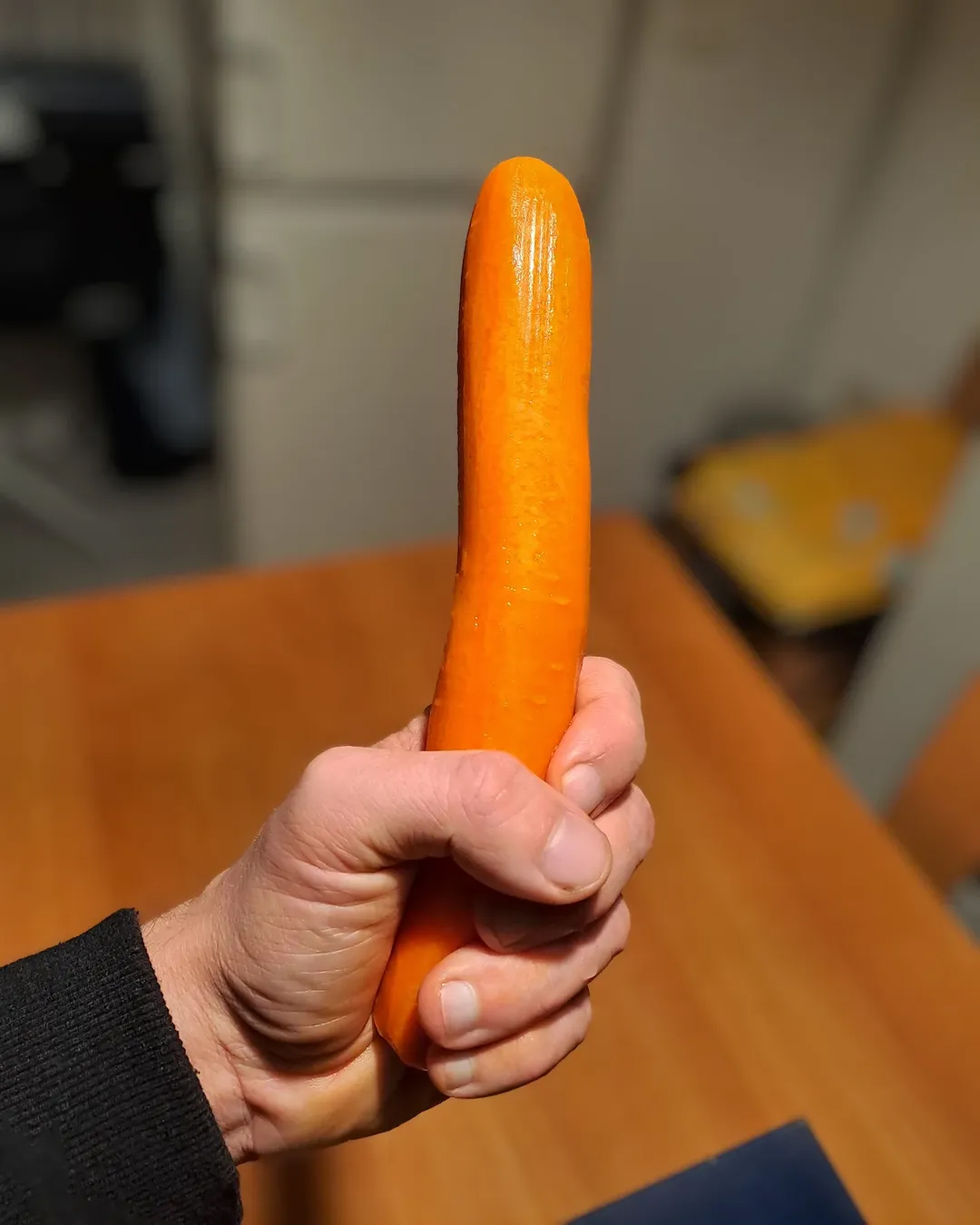
😊🏖🥕 My skin color is not due to the sun or artificial sunlight, but rather my daily consumption of carrots and carrot juice. These contain substances called carotenoids.
☘️🦐🦩🍅🥕 Carotenoids come in hundreds of different varieties, with a color palette ranging from yellow to the pinkish-red of flamingos to purple. They are produced exclusively by plants, as carotenoids are important for photosynthesis. The most well-known carotenoid is beta-carotene found in carrots. However, flamingos cannot make use of carrots and shine in vibrant colors because they absorb special carotenoids in highly concentrated forms, for example, from crabs, which in turn feed on algae. Algae from the genus Dunaliella are extremely rich in pigments. For flamingos, their appearance is necessary for survival: without the right feather color, they do not attract potential mates, and there is no offspring.
☺️🧡 Beta-carotene also offers health benefits for humans. It binds free oxygen radicals and neutralizes carcinogenic substances. When the skin contains a lot of beta-carotene, it is better protected against UV radiation. It does not redden as quickly. Furthermore, it acts as a provitamin, a precursor to vitamin A - not only important for vision but also for the immune system and the communication abilities of nerve cells. There is no need to fear an overdose of beta-carotene. Only as much beta-carotene is converted into vitamin A as the body needs. Anything beyond that is stored as a pigment in the skin and subcutaneous fat tissue.
🥕🧈 A common misconception is that carrots must always be consumed with fat. This is only partially true. While fat is necessary for the carotenoids to dissolve, it is sufficient to have consumed something fatty beforehand, as it will meet the carotenoids in the digestive tract (fat is digested slowly and often remains in the intestines for several hours).
🥳✨️ I enjoy both, the health benefits and the flavor!
🤗 For a more nuanced discussion, please feel free to use the comments section, private messages or the anonymous contact form on my website.
This post is part of the artistic performance The Happening on Instagram.
Further information about this art project Related post on InstagramCreator of this post is Frederic Hilpert
© File Usage Guidelines This post on megagroundsloth.de#healthytanning #health #tanning #carrots #carrotjuice #natürlichebräune #hautpflege #gesundheit #gezond #gesund #skincare #nutrition #betacarotene #carotenoids #flamingos #nature #maleselfie #selfie